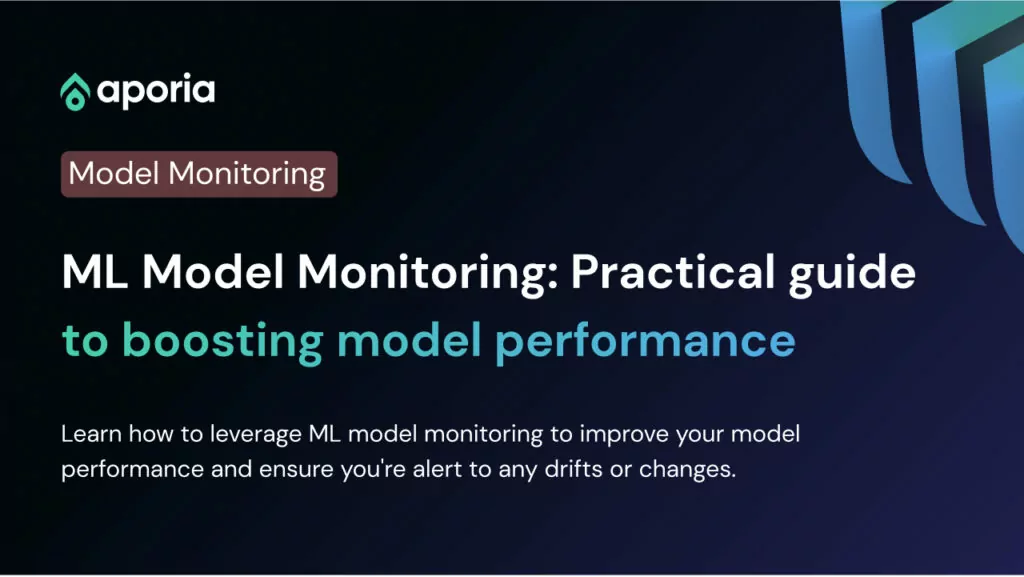
ML Model Monitoring: Practical guide to boosting model performance
What is ML Model Monitoring? Machine learning model monitoring measures of how well your machine learning model performs a task...
Aporia has been acquired by Coralogix, instantly bringing AI security and reliability to thousands of enterprises | Read the announcement
In computer programming and software development, debugging is the process of finding and resolving bugs (defects or problems that prevent correct operation) within computer programs, software, or systems. Debugging tactics can involve interactive debugging, control flow analysis, unit testing, integration testing, log file analysis, monitoring at the application or system level, memory dumps, and profiling. Many programming languages and software development tools also offer programs to aid in debugging, known as debuggers.
The overall approach to debugging might vary depending on the application.
The main techniques are: